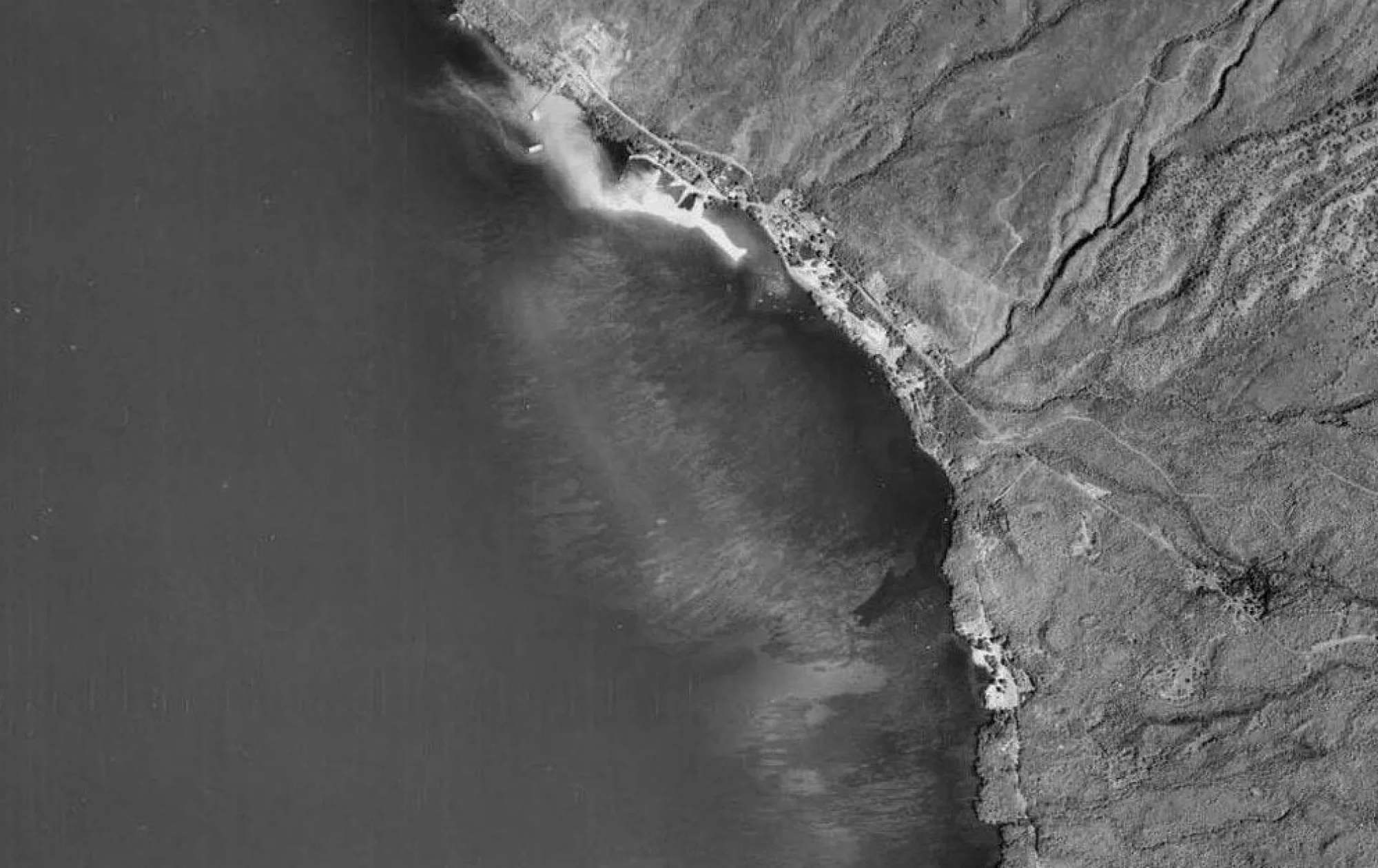Manta Rays Frequent Range Map
Manta Rays Ventral Sides at Kawaihae
Manta Rays Ventral Sides at Mauka Kea Resort
manta rays 11.26.2024

The manta rays had been at Kawaihae Harbor the day before. We could see them when we arrived the next day. It was a clear day with a light onshore breeze. There was a slight swell, and as is expected, the mantas preferred the water stirred up and the waves pushing their food against the break wall.
It has been a few years since we saw this many gathered. We saw six or seven animals in the vicinity. There may be more further north beyond our visibility. We live further away, keeping us from seeing them more regularly. For a few years, we would only hear from friends. They only saw them a few times. When I lived near and visited the Kawaihae Reef more often, I saw them most consistently during the winter months. I can only say about their frequency on the few days we came down for surf. They were not seen.




The water was murky and poorly visible, perfect for manta rays. After briefly observing them, I know from experience that there are more injured animals now than in the past. Four out of seven animals were injured. Two had fishing hooks and short leader lines attached to their cephalic fins. One had one on the left. Unfortunately, her left fin was incapacitated. It could neither furl nor unfurl. It was stuck and flapping awkwardly. The other had a large hook on its right fin. This one was able to have her fin held unfurled normally.


Manta three has a scar on her left pectoral fin that has healed nicely. The scare resembles a forked stream that came together to form a tiny beach at the edge of her fin.
Manta four had an abrasion on the upper left side of her mouth. This could be from a collision with coral. They feed over shallow reefs and coral stumps here. If you watched them making tight turns and skimmed inches above sharp corals, you would see how easily one could get injured.
Those manta rays that were unfortunate enough to get hooked can be severely injured. Could people who fished from shore cast their hooks and lines into the water when manta rays were feeding nearby? We all know the answer.
warning signage for manta rays feeding area

This is a work in progress for warning signs targeting foil borders to remind them to take caution when traversing manta rays’ feeding areas along the Kawaihae break wall during surf seasons. Foils on board extend to three feet below the surface when in operation. Manta rays often feed just below the surface here.
manta ray can alter skin tone


This manta ray was observed to have altered the skin tone of its dorsal surface from more gray to less gray as it hovered over a “cleaning station” for more than an hour .
read more: https://academic.oup.com/biolinnean/article/113/1/180/2416039
Manta rays are now Mobula rays: scientific re classification.

http://divemagazine.co.uk/eco/7722-no-more-mantas-only-mobulas
Here is the link to Manta Pacific Research Foundation’s Manta Ray Identification Project and its Report A sighting site.




